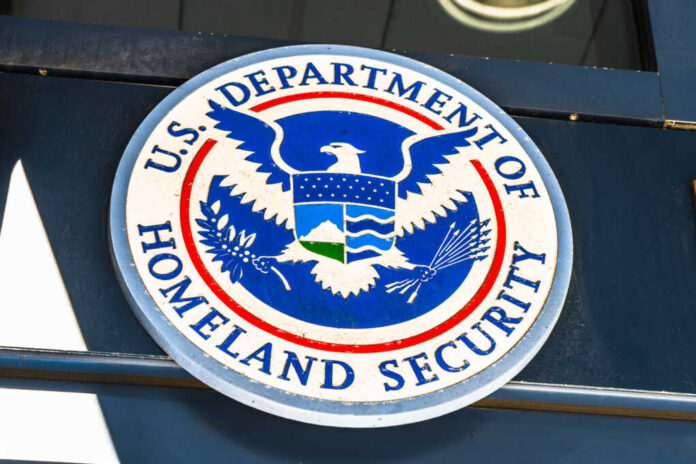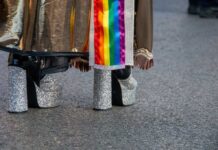
The DHS Blue Campaign’s airport posters may be stoking fear more than spreading facts, critics say, as experts question whether the messaging distorts the real profile of trafficking victims.
At a Glance
- DHS Blue Campaign posters warn airport travelers about human trafficking
- Experts argue the posters exaggerate risk to white, middle-class teens
- Research shows most trafficking involves someone the victim already knows
- Critics say campaigns may fuel racial bias and public paranoia
- San Francisco Airport focuses on staff training and local partnerships
The Face of Fear
In terminals across America, bright posters with ominous taglines call out to travelers: beware of trafficking. These are the face of the Department of Homeland Security’s Blue Campaign, a public awareness initiative meant to combat human trafficking by encouraging vigilance—especially in airports. But some experts argue that these warnings misrepresent the true nature of the crime.
Sociologist Emily Horowitz doesn’t mince words. “That guy isn’t being trafficked by anyone,” she said, critiquing the generic, often misleading imagery of lonely teens and shady strangers. Kaytlin Bailey, a prominent trafficking policy reformer, echoes the concern: “We’re not having a problem with white middle-class kids disappearing from soccer games.” Instead, she explains, the bulk of trafficking—especially sex trafficking—happens through manipulation by family members, acquaintances, or partners, not kidnappings by strangers in public.
Misguided Messaging?
The posters’ heavy focus on stranger danger feeds into what Bailey calls “literally the opposite” of how trafficking really works. According to the National Human Trafficking Hotline, a vast majority of victims are exploited through coercion and emotional control, often within trusted relationships. By centering the message on airports and anonymous predators, critics argue the Blue Campaign may divert attention from where intervention is most needed—homes, schools, and neighborhoods.
The concern doesn’t stop at ineffectiveness. Critics warn these exaggerated narratives risk stoking racial profiling and anxiety, especially when travelers from diverse backgrounds are eyed suspiciously. Bailey notes that these tactics can create “an illusion of safety” for privileged demographics while ignoring systemic vulnerabilities faced by marginalized communities.
Watch a report: Are DHS Posters Spreading Misinformation?
A Smarter Strategy
Still, airports play a critical role in identifying trafficking cases, as acknowledged by the Airports Council International, which partners globally with law enforcement. “Airports around the world are determined to assist authorities,” an ACI spokesperson said, citing ongoing collaboration with NGOs and border officials to make air travel less hospitable to traffickers.
San Francisco International Airport (SFO) offers a different model. Rather than relying on posters alone, SFO has expanded frontline employee training and partnered with community organizations to recognize the subtle, often invisible signs of trafficking. This proactive, informed approach may signal the future of airport-based interventions—ones rooted more in lived data than dramatic slogans.
As policymakers reassess their strategies, the core tension remains: how to alert the public without misleading them, and how to empower vigilance without encouraging fear. In the battle against trafficking, accuracy might be just as critical as awareness.





























